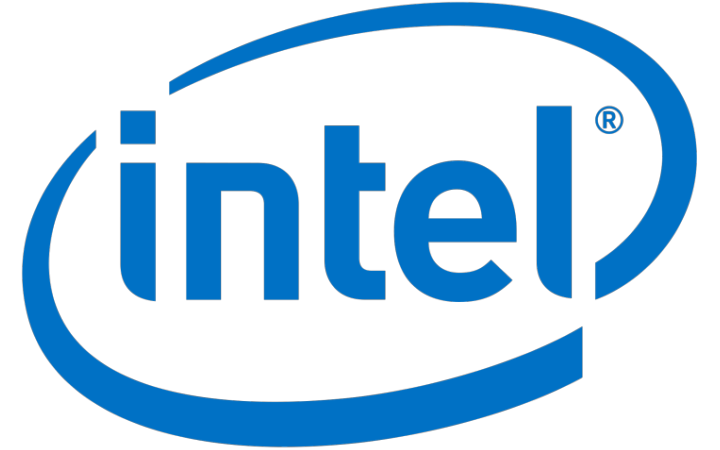Amid 10nm Delays, Intel to Break Manufacturing Group Into Three
Intel announced that due to its manufacturing delays, it will split its manufacturing group into three different pieces. Sohail Ahmed, who has been working for Intel since 1984 and leading the manufacturing group since 2016, will quit next month.
Intel Breaks Up Manufacturing Group
With Ahmed’s departure, Intel will break up the manufacturing group into three different divisions. One will be focused on technology development, another on manufacturing and operations and the last on supply chain.
Each of these three new divisions will have their own leader, but they will all answer to Venkata "Murthy" Renduchintala, whom Intel poached from Qualcomm in 2015. Renduchintala is now also the company’s Chief Engineering Officer.
Note that outside of the manufacturing group, Intel has been without a CEO since Brian Krzanich resigned suddenly in June.
Intel’s Manufacturing Struggles
It should surprise no one that Intel has been struggling with its manufacturing over the past few years. The 10nm process was supposed to be ready for mass production in 2015. Instead, mass production of chips on 10nm will not start until next year.
Intel’s Cannon Lake microarchitecture was supposed to arrive right after Skylake. However, it only started trickling into the market with a single Core i3 SKU that has lower than normal clock speeds. In the mean time, Intel continues to develop 14nm chips, and the company has even gone back in time to develop 22nm chipsets again.
Get Tom's Hardware's best news and in-depth reviews, straight to your inbox.
Lucian Armasu is a Contributing Writer for Tom's Hardware US. He covers software news and the issues surrounding privacy and security.
-
redgarl There is no smoke without fire.Reply
Intel is in a really big crisis phase. They are about to lose their pseudo monopoly. -
jimmysmitty This is probably a smart move to help allow things to be managed more closely and avoid delays like they have had with 10nm especially since it is only going to get harder and harder to move to the next process node.Reply -
deesider Typical corporate reshuffling. When this fails, the next overpaid consultant will convince them to combine the three manufacturing divisions to reduce silos, and improve synergy and collaboration.Reply -
SockPuppet Which is exactly what happened 6 years ago when we combined the RAMP and PTD orgs into a single group. . .Reply
turns out that was stupid. -
s1mon7 That's how you break your company. The guy was in charge of an overly ambitious plan that wasn't his, and expectedly couldn't deliver it within overly ambitious timeframes. He would likely still have a chance to recover the division, considering he's still the best person to do so.Reply
Instead, the guy has to go despite having nothing to do with what went bad, and the company is essentially removing the best talent that led Intel into once becoming the manufacturing leader after the higher management failed him and broke that division apart instead. This is a textbook example of how you run your division into chaos and irrelevance, even with the greatest engineers still on board. If he wasn't forced to quit, I'm sure he did so himself after opposing such plan that was in the end still forced by the disconnected higher-ups.
Whoever said it's bringing the management closer to manufacturing, this is the kind of thinking that leads to such ideas. All it does is fragments the company, creating separate and disconnected talent pockets, kills the synergy effect and adds further ambiguity and walls between already overly ambiguous and disconnected management boards. -
Co BIY Not good to be making these major decisions without a CEO to own the outcomes and drive the process.Reply
